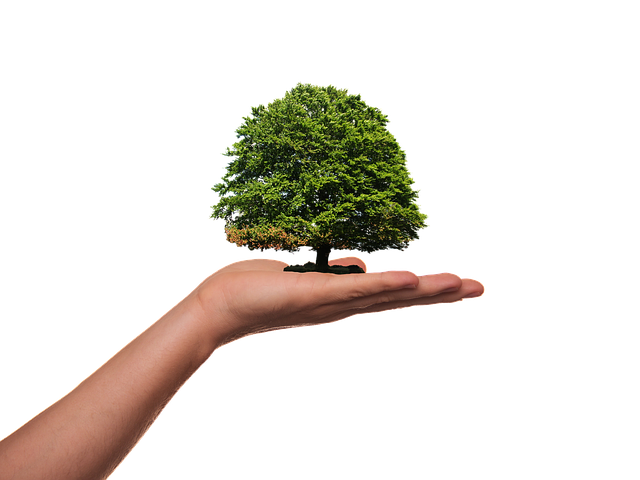Tree Care Tips
The tree is a living plant that knows how to adapt to its environment when it is in its natural environment, the forest. It has the necessary resources to adapt to different natural constraints such as climate, soil and wind.
In urban areas, trees are subject to particular stresses. He lives in an environment that is imposed on him and very different from his natural ecosystem. He must therefore deal with certain urban factors such as isolation, intense heat, strong winds, trunk injuries, compacted soil and de-icing salt.
In an urban environment, the tree is daily confronted with several human interventions. It requires adequate maintenance in order to stay healthy and to deliver its benefits to the public.
What is pruning?
It is a silvicultural technique, important in the maintenance of the urban tree. It consists of removing, partially or completely, certain branches of the tree which are alive, dead, damaged, interfering or withering away.
Why prune?
Pruning work is often made compulsory for safety reasons, in particular for clearing buildings or electric wires and the presence of dead branches. In other circumstances, it may be useful to perform pruning to stop, limit, maintain or direct branch growth. In addition to reducing certain risks of breakage which can be the source of physical and material damage, this intervention can help maintain the health of trees.
TO DO…
Inspect each tree to assess its health. Inspection is best done in the spring, before the leaves appear, and in the fall, after the leaves have fallen, in order to see the frame of the tree. If at first glance some damage is apparent, a careful inspection will reveal torn, dead, crossed, dying branches (presence of fungi) and cracked forks.
Practice adequate pruning for each tree
To train him; give a solid frame to a tree from an early age.
To lighten the branches
Remove a few too tightly packed branches and branches that grow inside the plant, reducing the risk of disease or the appearance of harmful insects.
To clean it
Improve the aesthetic appearance and health of the tree, simply by removing dead wood and broken branches.
To reform it
Restore the frame of the tree, balance it, to restore it to its natural shape by ridding it of witches’ brooms (greedy) formed as a result of severe pruning or a hard blow from Mother Nature.
To remove suckers and suckers
Eliminate very vigorous shoots that start at the roots, at the base of the trunk or on the trunk, as they absorb a large amount of sap and produce weak forks.
To check the dimension
Shorten certain branches, up to a sap call (fork) from a tree that is too high or too wide while respecting its natural shape.
Keep in mind that pruning well done helps the plant to heal faster and stay healthy for years to come. Each cut causes an injury conducive to the spread of insects or disease. It is best to practice pruning to keep the natural shape of the tree having a strong structure.
NOT TO DO…
Make a bad cut
The formation of scars on an improperly pruned tree promotes the development of disease and the presence of harmful insects.
Prune too severely
The removal of more than 30% of the living crown in the same operation, that is to say the cutting, creates an imbalance between the quantity of living crown (foliage) and the size of the root system causing the formation of witches or greedy brooms.
Prune without call-sap
Pruning that is not in the armpit of another branch creates branchless snags that are doomed to death in the medium to long term, and pruning too close to the trunk promotes the appearance of suckers that snap easily.
Cut “into a ball”
Pruning a tree that does not respect its natural shape or specific characteristics brings an imbalance in its functioning, promotes the formation of suckers and snags as well as the appearance of insects and diseases.
Rely on a pronounced growth of foodies
The poorly pruned tree takes about ten years to show signs of dieback and its life expectancy could be halved.
Other maintenance tips
Do not brush a tree wound with paint, tar, or any other substance that interferes with healing. Each tree has its own defense mechanism and wounds should remain in the open. Only products containing an antifungal can have a certain effectiveness.
Be careful with branches touching electrical wires. Instead, call on Hydro-Québec or specialists recognized by the SIAQ (Society of Arboriculture Engineers of Quebec).
Thin out the tops of trees to reduce the effects of wind on weak branches.
Carry out pruning using suitable, sharp tools.
Choose the tree according to the location of planting so that the available space is sufficient for its growth. Ideally, you will avoid pruning and you will benefit from the environmental and aesthetic values provided by a tree in an urban environment.
Keep in mind that pruning well done helps the plant to heal faster and stay healthy for years to come.
Each cut causes an injury conducive to the spread of insects or disease.
It is best to practice pruning to keep the natural shape of the tree having a strong structure.
Prime Tree Service has made the expertise of its pruners-climbers available to individuals, communities, and business professionals for the performance of tree pruning, felling, stump removal, and maintenance work. , parks and gardens.
Thanks to our modern pruning equipment and our mastery of pruning techniques, we can work on trees several meters high in strict compliance with safety rules. Sensitive to the beauty of nature, we take care of your trees by also offering the maintenance of your ornamental trees and fruit trees.
Whatever the difficulty of your site, our team of specialized and certified pruners-climbers has the right equipment and machines.
Contact us today: (209) 297-3338
Continue reading about “How To Grow A Tree? (10 Important Tips)“

